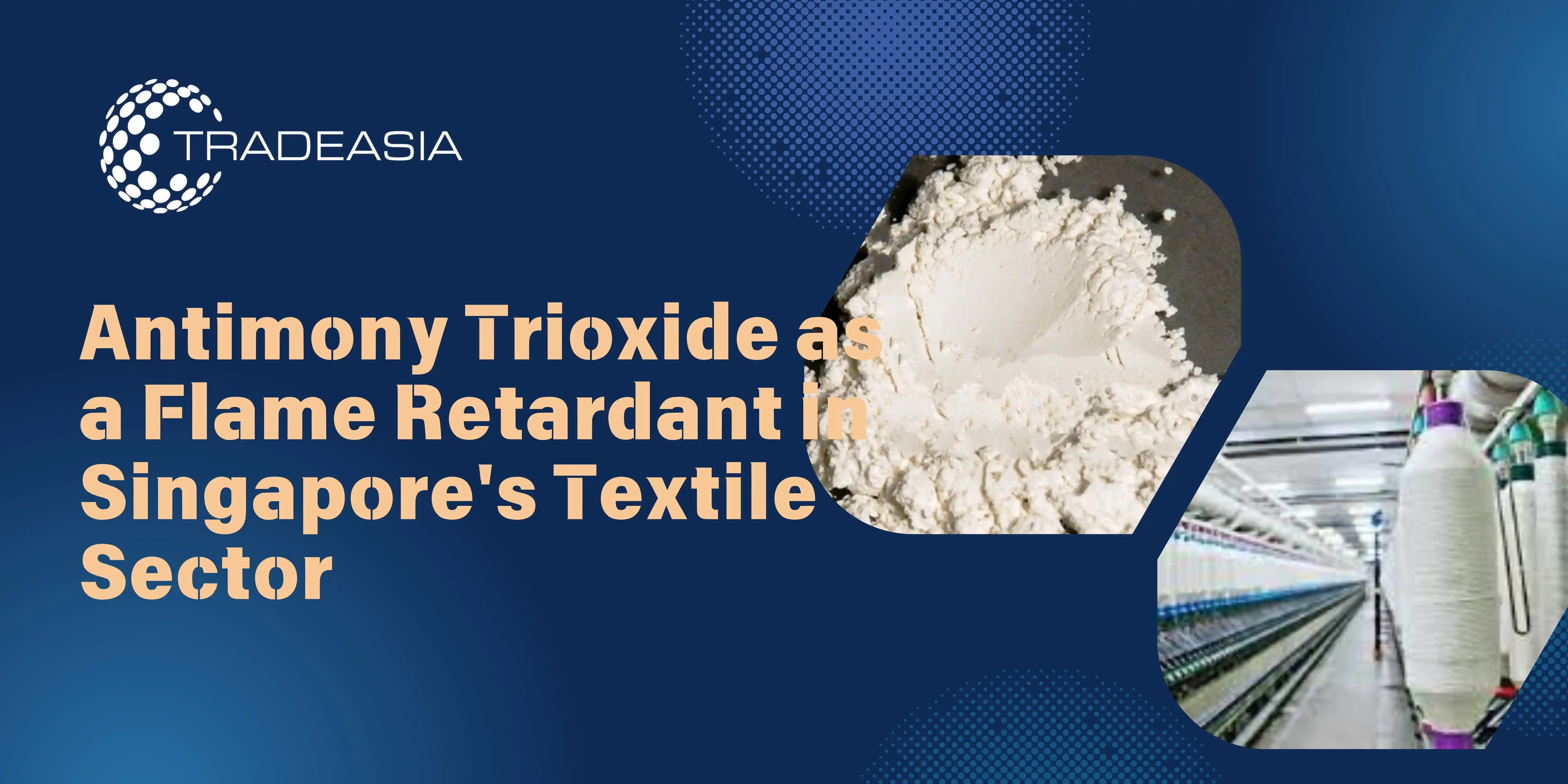Overview of Textile Bleaching and Environmental Context
Textile bleaching is a vital step in pre-treatment, aiming to remove natural colorants, waxes, and impurities (“greige” components) from fibers such as cotton, linen, wool, and viscose. Scouring and bleaching are essential to prepare fabrics for uniform dyeing and finishing processes. Historically done through grassing, modern industry transitioned into chemical bleaching to increase speed and indoor production capabilities.
As sustainability becomes central, hydrogen peroxide (H₂O₂) has become the preferred oxidizing reagent in the textile industry due to its high oxidizing power and clean decomposition into water and oxygen. In Singapore, where textile finishing facilities prioritize environmental compliance, H₂O₂ offers an attractive, low-residue approach to bleaching.
Chemistry of Hydrogen Peroxide Bleaching
Hydrogen peroxide functions as an oxidative bleach by generating reactive oxygen species primarily the perhydroxyl anion (HO₂⁻) under alkaline conditions which cleaves chromophoric bonds in pigments and imparts whiteness to cellulose fibers. Its reaction kinetics are sensitive to temperature, pH, addition of stabilizers, and metal ion presence, requiring careful control during bleaching.
Globally, approximately 60% of all H₂O₂ produced is utilized in bleaching textiles and wood pulp, highlighting its dominance in oxidative whitening applications. The eco-friendly breakdown products oxygen and water make it significantly more sustainable compared to chlorine or hypochlorite-based methods.
Practical Application: Technology & Process Control
Batch vs Continuous Bleaching
Textile mills employ a range of bleaching systems: batch (kier boiling), semi-continuous, and continuous (such as J-box or pad-steam systems). In each method, the fabric is treated with H₂O₂ solutions under alkaline conditions (pH 9–11.5), at temperatures between 90–100 °C, for durations of 1–3 hours to achieve desired whiteness and fabric readiness for dyeing.
Process parameters such as peroxide concentration (typically 0.3–0.6 wt%), bath temperature, and addition of sequestering agents or stabilizers are critical. These ensure uniform bleach penetration, minimal fiber damage, and consistent whiteness performance across batches.
Benefits of Hydrogen Peroxide in Textile Whitening
-
Brightness and Fiber Integrity
H₂O₂ delivers high whiteness (CIE Whiteness Index) without compromising fiber strength, because its oxidative mechanism targets chromophoric groups and lignin residues rather than attacking cellulose structures directly. In contrast, chlorinated bleaches tend to cause fiber damage and produce harmful chlorinated by-products. Approximately 80-90% of cotton fabrics worldwide are bleached using hydrogen peroxide, indicating its global acceptance. The process produces evenly white substrates conducive to vibrant dye uptake in post-bleach processes.
-
Environmental and Regulatory Advantage
Because H₂O₂ breaks down into harmless by-products, it eliminates the formation of adsorbable organic halides (AOX), thus minimizing ecological impact and improving effluent quality. This attribute aligns with Singapore’s effluent discharge regulations and sustainability targets in textile manufacturing.
Innovations and Process Enhancements
Low-Temperature Activation Processes
Emerging technologies like the EB Process developed by ZAITEX enable bleaching at reduced temperatures (75–85 °C) and neutral bath pH, utilizing enzymatic activators (ZETALASE EB) and stabilizers (ZETAKIN EB) to enhance penetration and reduce damage while saving energy..
Other innovations include UV/H₂O₂ systems and bleach activators such as TAED, NOBS, or TBCC to generate peracetic acid in situ, allowing effective bleaching at moderate temperatures and reducing energy consumption and fiber degradation.
Process Optimization: Strength, Whiteness, and Efficiency
Research has shown that optimal peroxide concentrations (around 30–35%) balance whitening effectiveness with minimal weight loss or strength reduction in fabrics. Testing on cotton knit fabrics revealed that higher concentrations increase whiteness but may reduce bursting strength and hydrophilicity, necessitating precise dose control.
Water quality, especially metal ion content (Fe, Mn, Cu), significantly influences peroxide stability requiring addition of sequestering agents or stabilizers to protect fibers and prevent unwanted decomposition. Control systems typically monitor pH, temperature, and peroxide decay to maintain uniform bleaching results.
Broader Contributions: Waste Treatment and Fabric Safety
Hydrogen peroxide is also used in textile wastewater treatment, acting as an oxidant to degrade residual dyes and chemicals before discharge. Its application supports cleaner effluent and compliance with environmental standards without adding harmful residues.
Furthermore, hydrogen peroxide can serve as an antichlor agent to neutralize residual chlorine when mixed improperly, avoiding fiber degradation or discoloration. This makes it valuable in post-chlorine rinse cycles or in household fabric care routines.
Conclusion
Hydrogen peroxide stands as the premier bleaching agent in modern textile manufacturing, offering efficient whitening, fiber preservation, and environmental sustainability. Its role in Singapore’s textile sector is particularly relevant, aligning with regulatory standards and consumer demand for eco-friendly processes.
Advancements such as low-temperature bleaching, enzyme-assisted activation, and precision dosing systems further enhance H₂O₂’s effectiveness and reduce resource consumption. With minimal chemical footprint, high fabric quality, and predictable operational control, hydrogen peroxide remains essential for next-generation textile processing. To learn more about sourcing hydrogen peroxide for sustainable textile bleaching or to explore tailored solutions for your process, please reach out to us here.
Referensi
-
https://www.chemtradeasia.sg/blog/textile-bleaching-innovations-with-hydrogen-peroxide-from-thailand
-
https://en.wikipedia.org/wiki/Textile_bleaching
-
https://www.textilecoach.net/post/bleaching-of-cotton-material-with-hydrogen-peroxide-lab-manual
-
https://active-oxygens.evonik.com/en/markets/cleaning-and-sanitation/textile-and-laundry
-
https://www.academia.edu/11975952/TEXTILE_BLEACHING_PROCESS_WITH_HYDROGEN_PEROXIDE


Leave a Comment